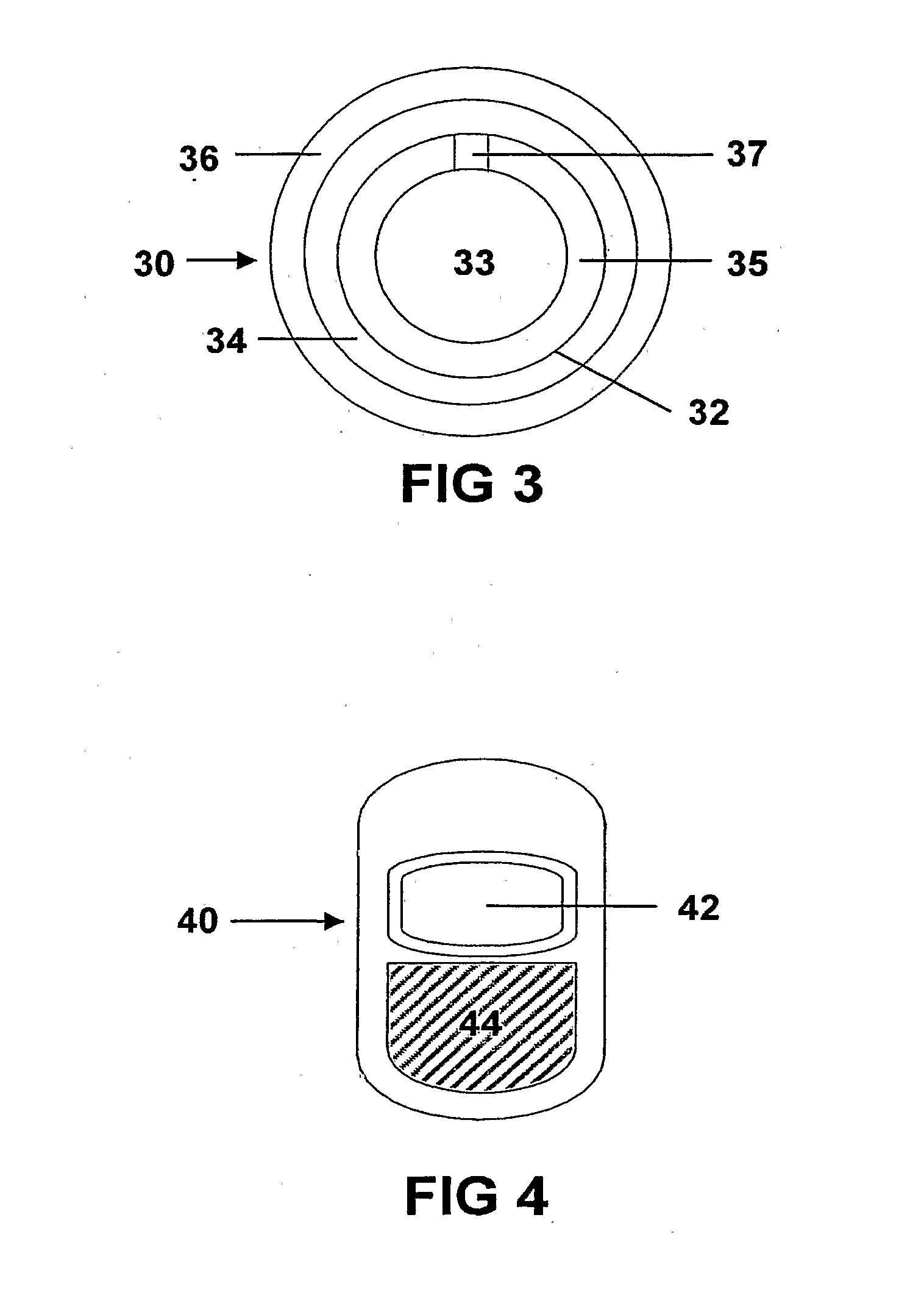Controlled release dosage forms combining immediate release and sustainted release of low-solubility drug
a low-solubility drug and controlled release technology, which is applied in the direction of osmotic delivery, microcapsules, drug compositions, etc., can solve the problems of low-solubility drugs with a relatively short biological half-life, poor gastrointestinal absorption of low-solubility drugs, and less potentiation or reduction of drug activity with chronic use. , to achieve the effect of short biological half-life, good drug absorption, and elevated drug concentration concentration
- Summary
- Abstract
- Description
- Claims
- Application Information
AI Technical Summary
Benefits of technology
Problems solved by technology
Method used
Image
Examples
examples
Solubility-Improved Forms of Ziprasidone
[0164]Microcentrifuge dissolution tests were performed to evaluate the hydrochloride crystalline salt form of ziprasidone to verify that it was a solubility-improved form of ziprasidone. For this test, a sufficient amount of ziprasidone hydrochloride monohydrate was added to a microcentrifuge test tube so that the concentration of ziprasidone would have been 200 μgA / mL, if all of the ziprasidone had dissolved. The tests were run in duplicate. The tubes were placed in a 37° C. temperature-controlled chamber, and 1.8 mL MFD solution at pH 6.5 and 290 mOsm / kg was added to each respective tube. The samples were quickly mixed using a vortex mixer for about 60 seconds. The samples were centrifuged at 13,000 G at 37° C. for 1 minute prior to collecting a sample. The resulting supernatant solution was then sampled and diluted 1:5 (by volume) with methanol. Samples were analyzed by high-performance liquid chromatography (HPLC) at a UV absorbance of 315...
PUM
| Property | Measurement | Unit |
|---|---|---|
| clearance half life | aaaaa | aaaaa |
| clearance half life | aaaaa | aaaaa |
| clearance half life | aaaaa | aaaaa |
Abstract
Description
Claims
Application Information
 Login to View More
Login to View More - R&D
- Intellectual Property
- Life Sciences
- Materials
- Tech Scout
- Unparalleled Data Quality
- Higher Quality Content
- 60% Fewer Hallucinations
Browse by: Latest US Patents, China's latest patents, Technical Efficacy Thesaurus, Application Domain, Technology Topic, Popular Technical Reports.
© 2025 PatSnap. All rights reserved.Legal|Privacy policy|Modern Slavery Act Transparency Statement|Sitemap|About US| Contact US: help@patsnap.com



